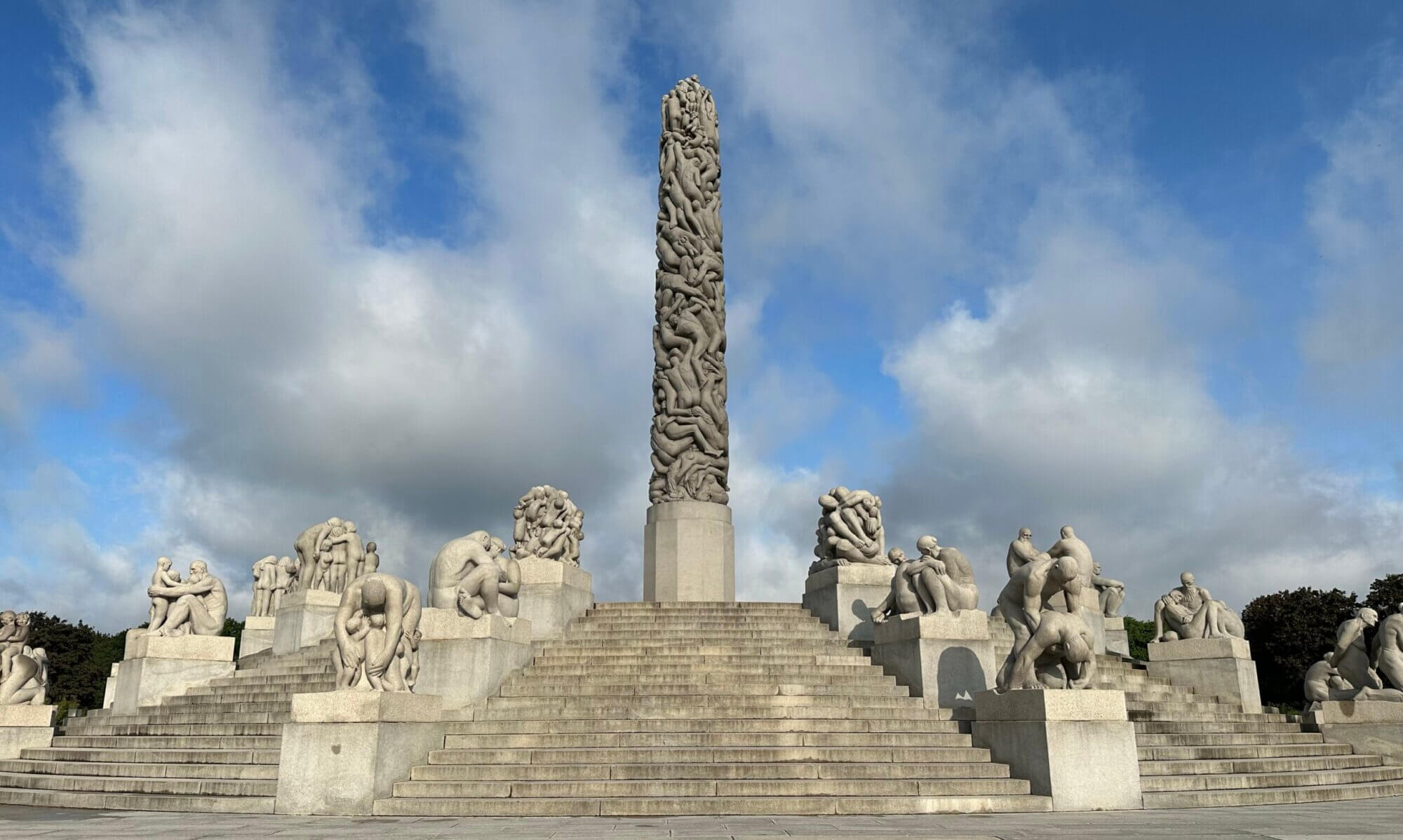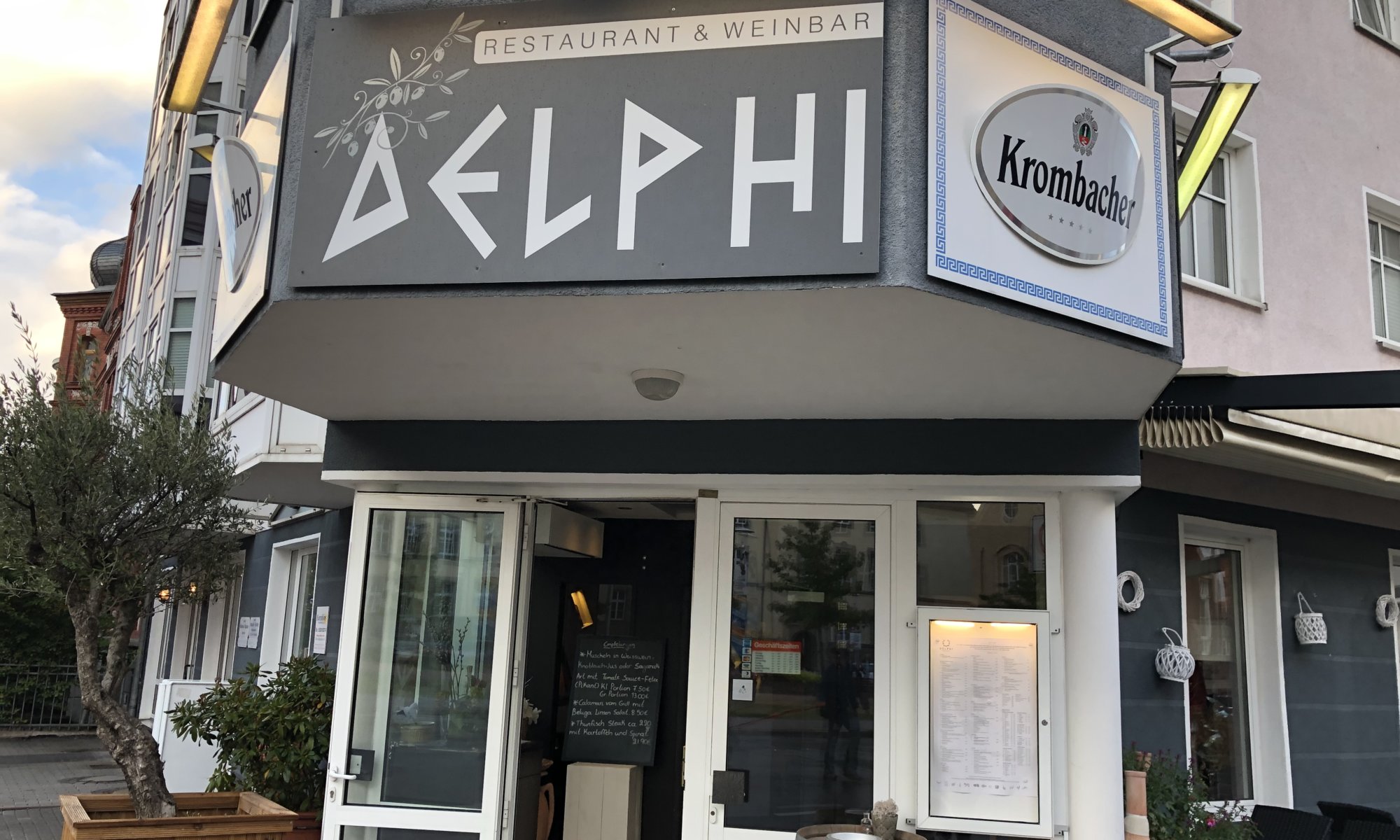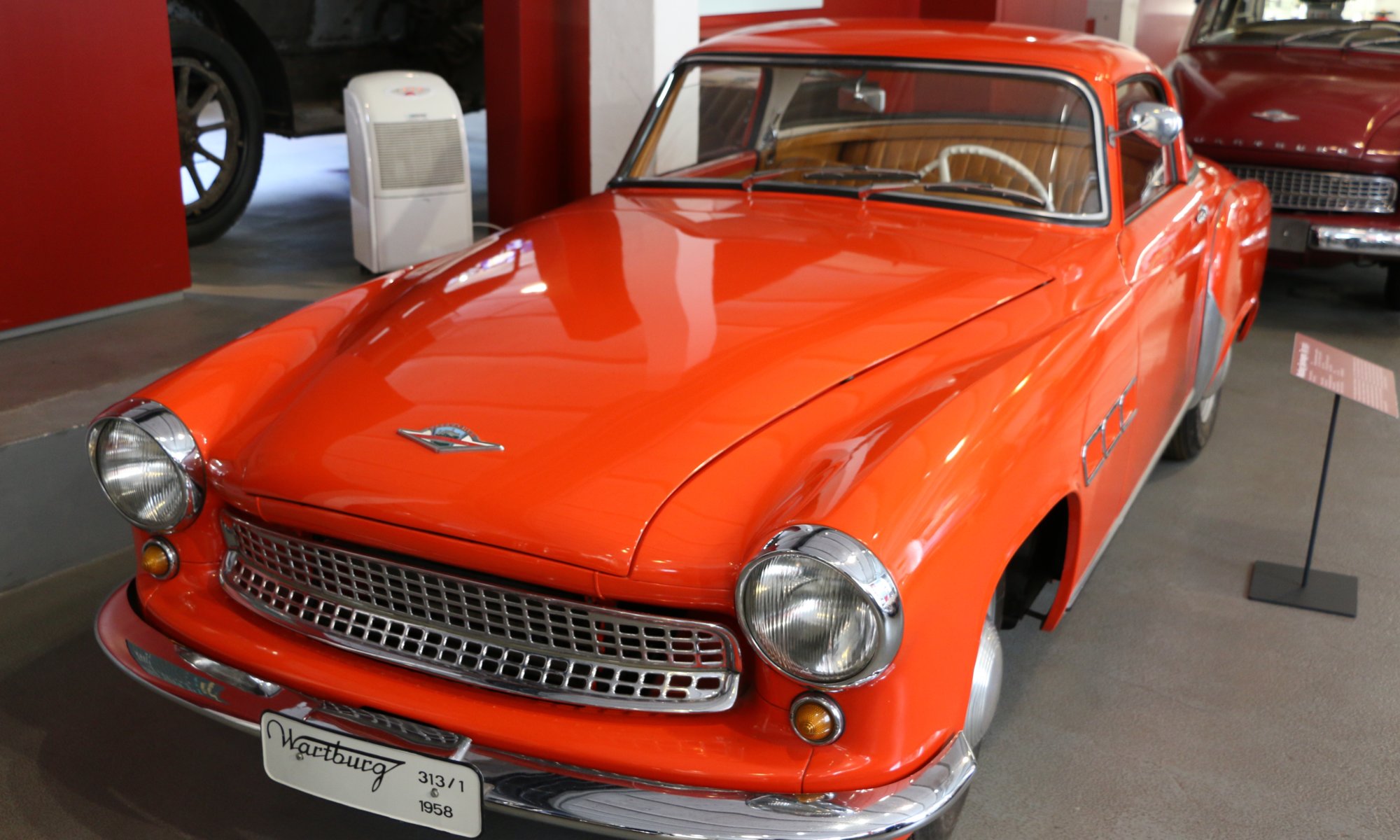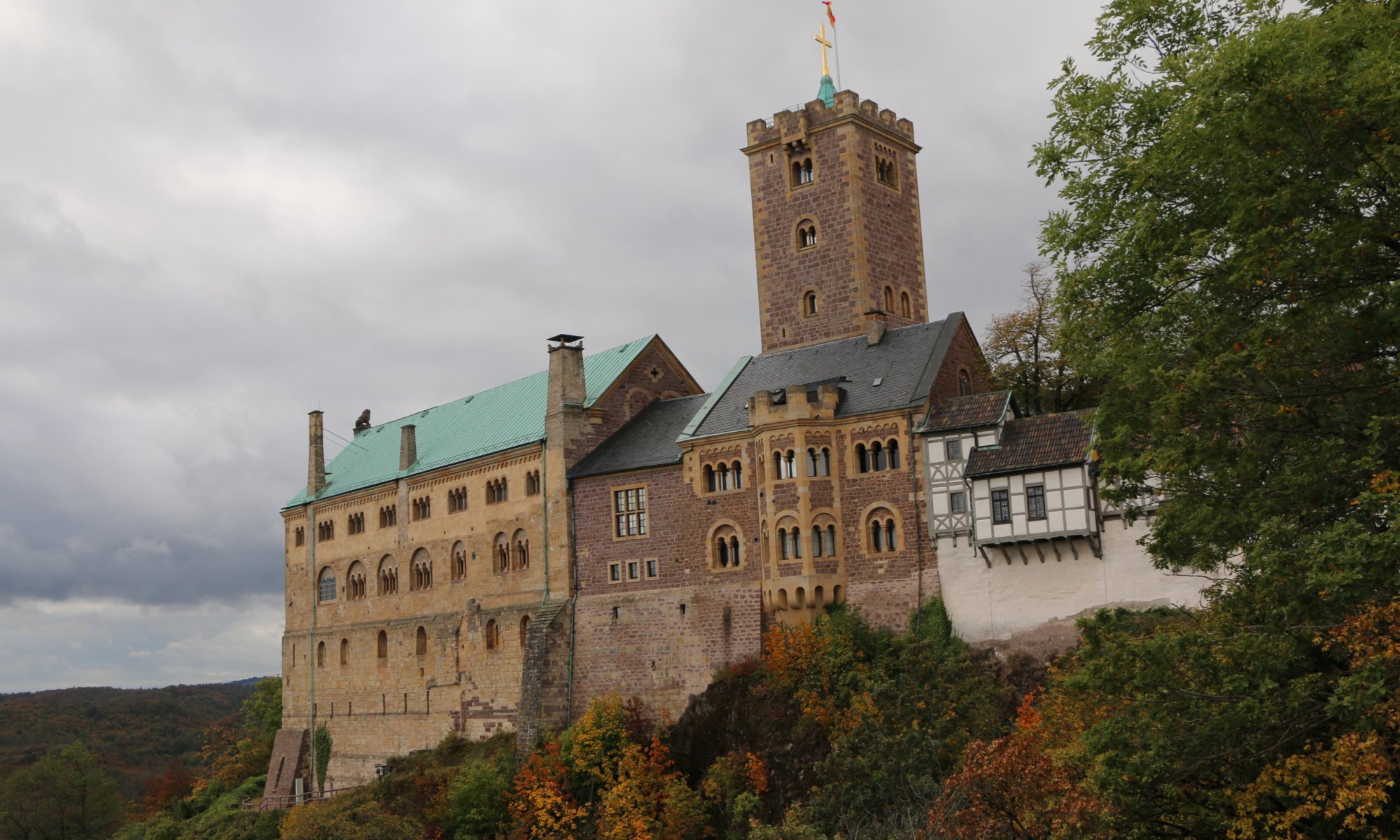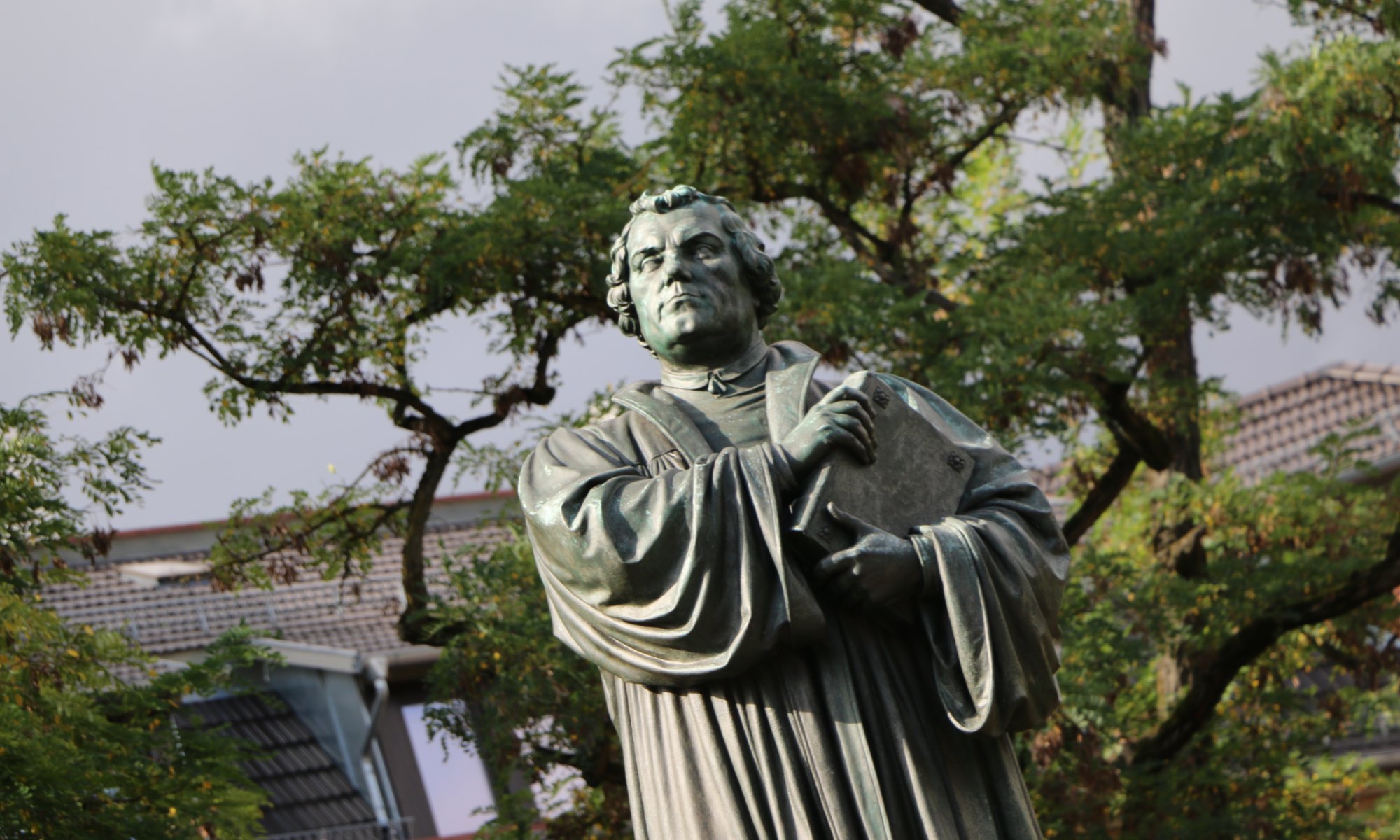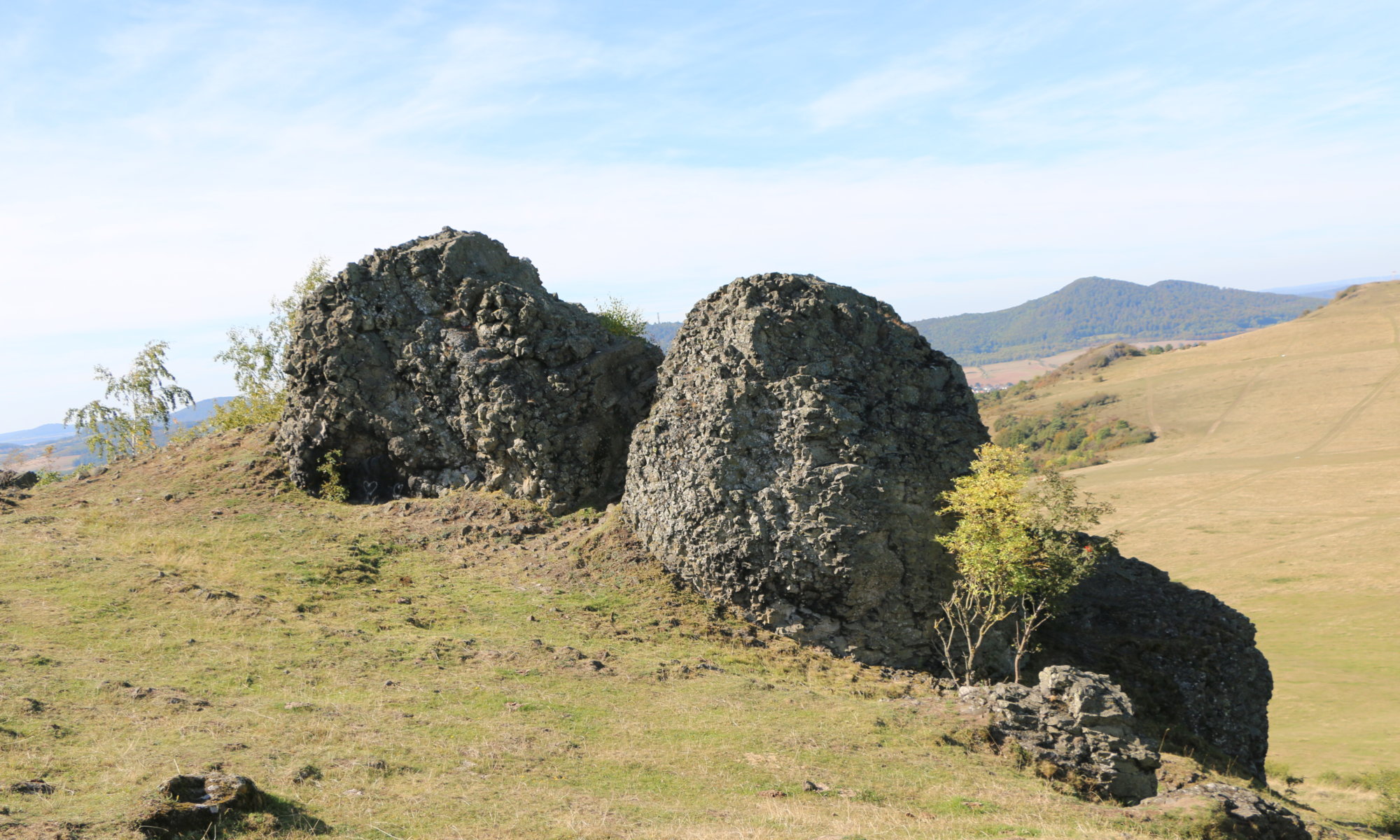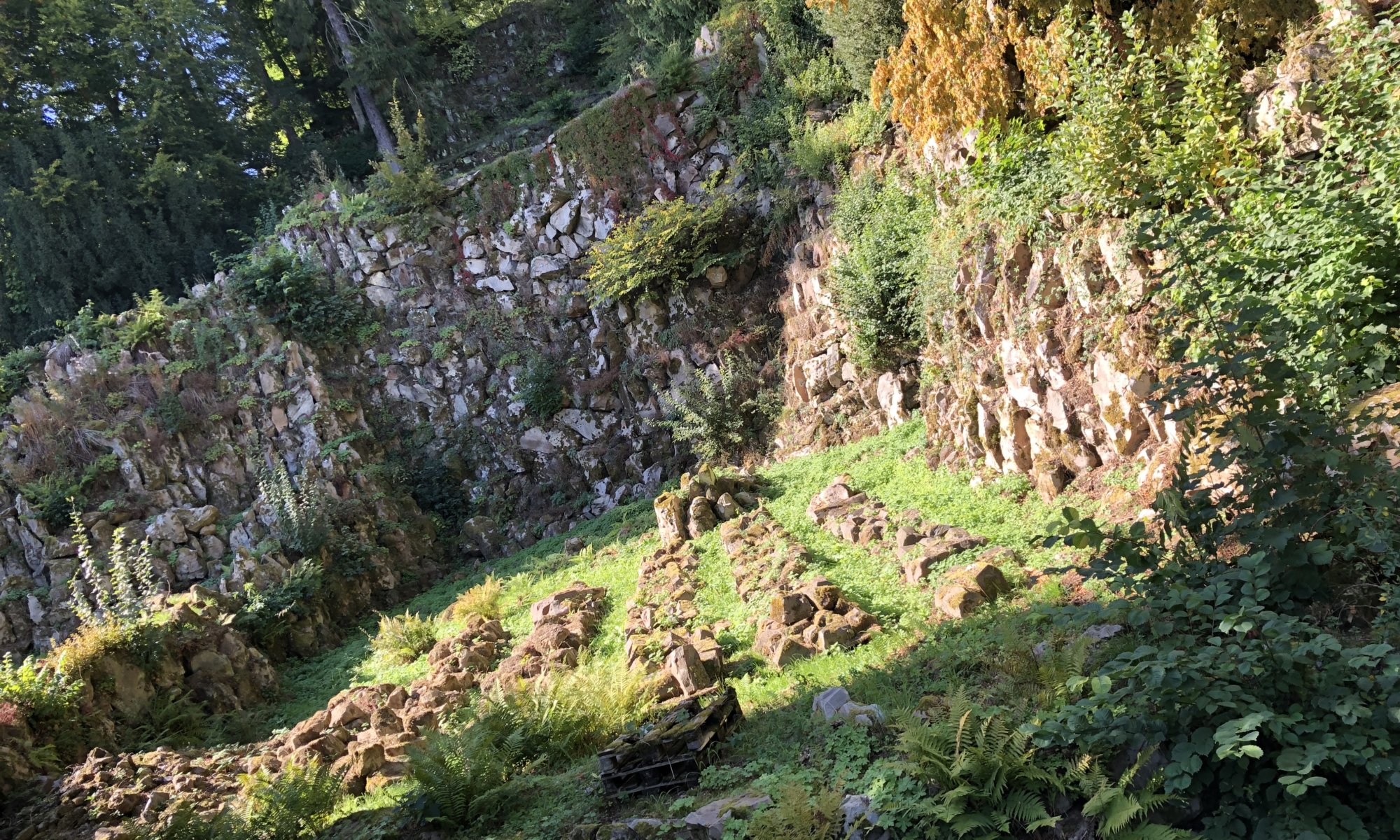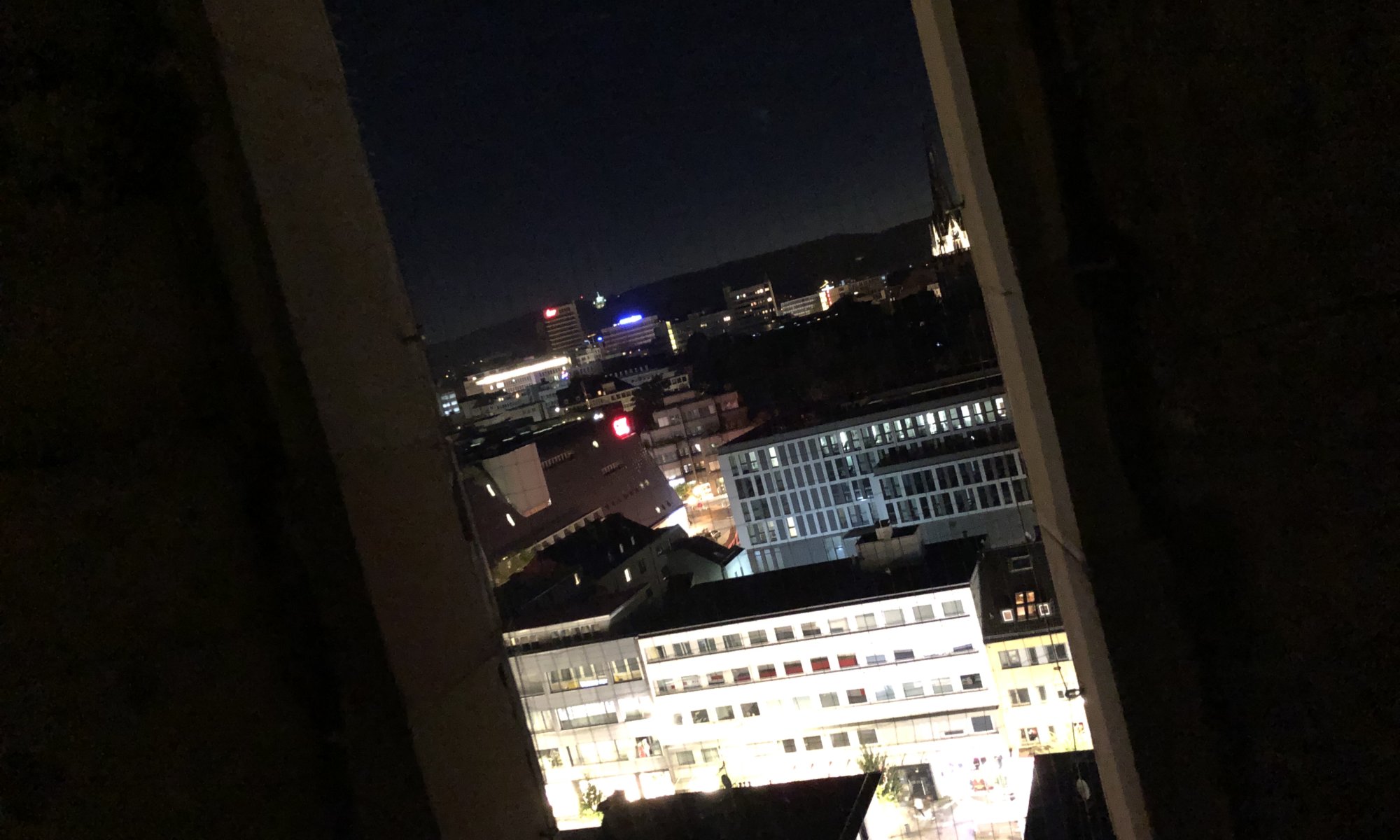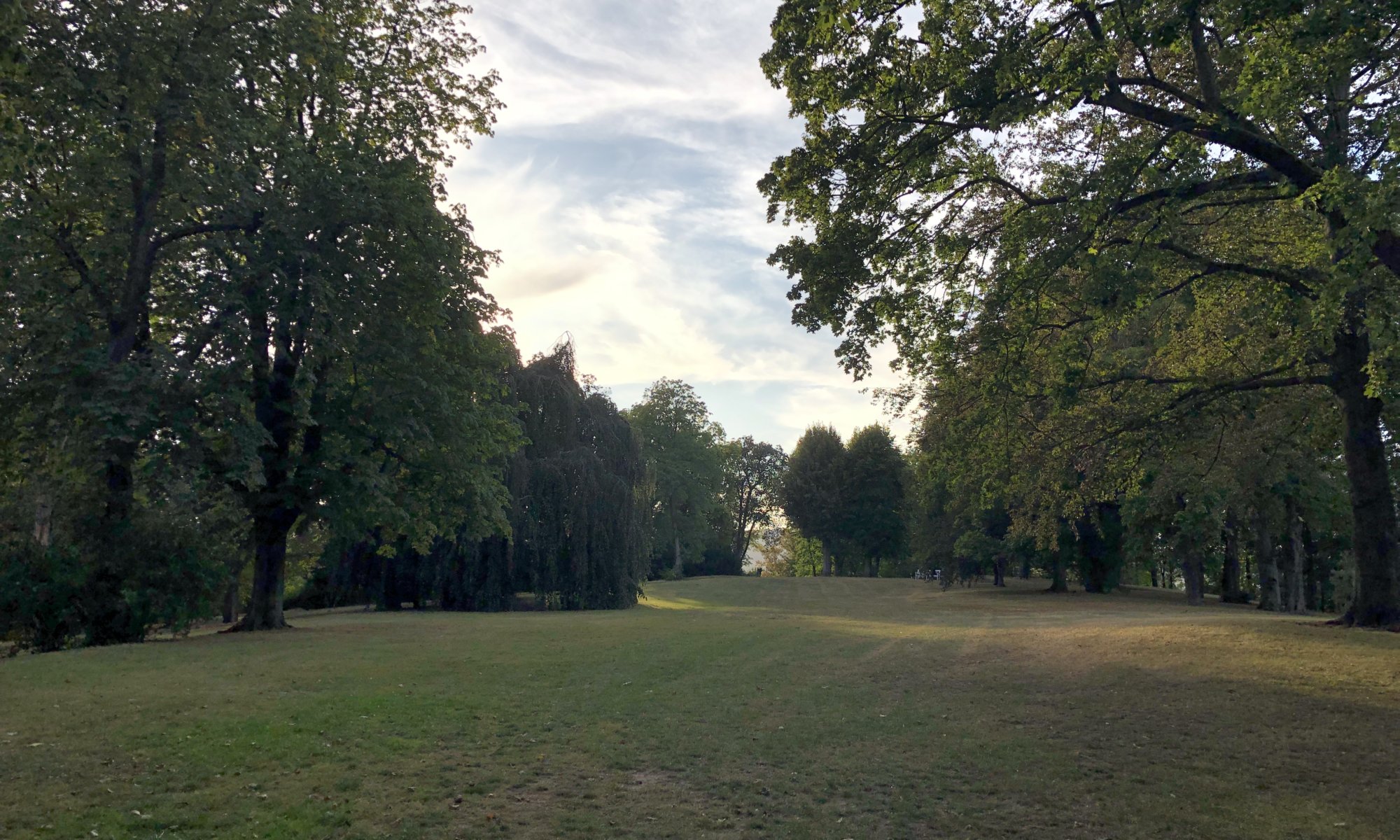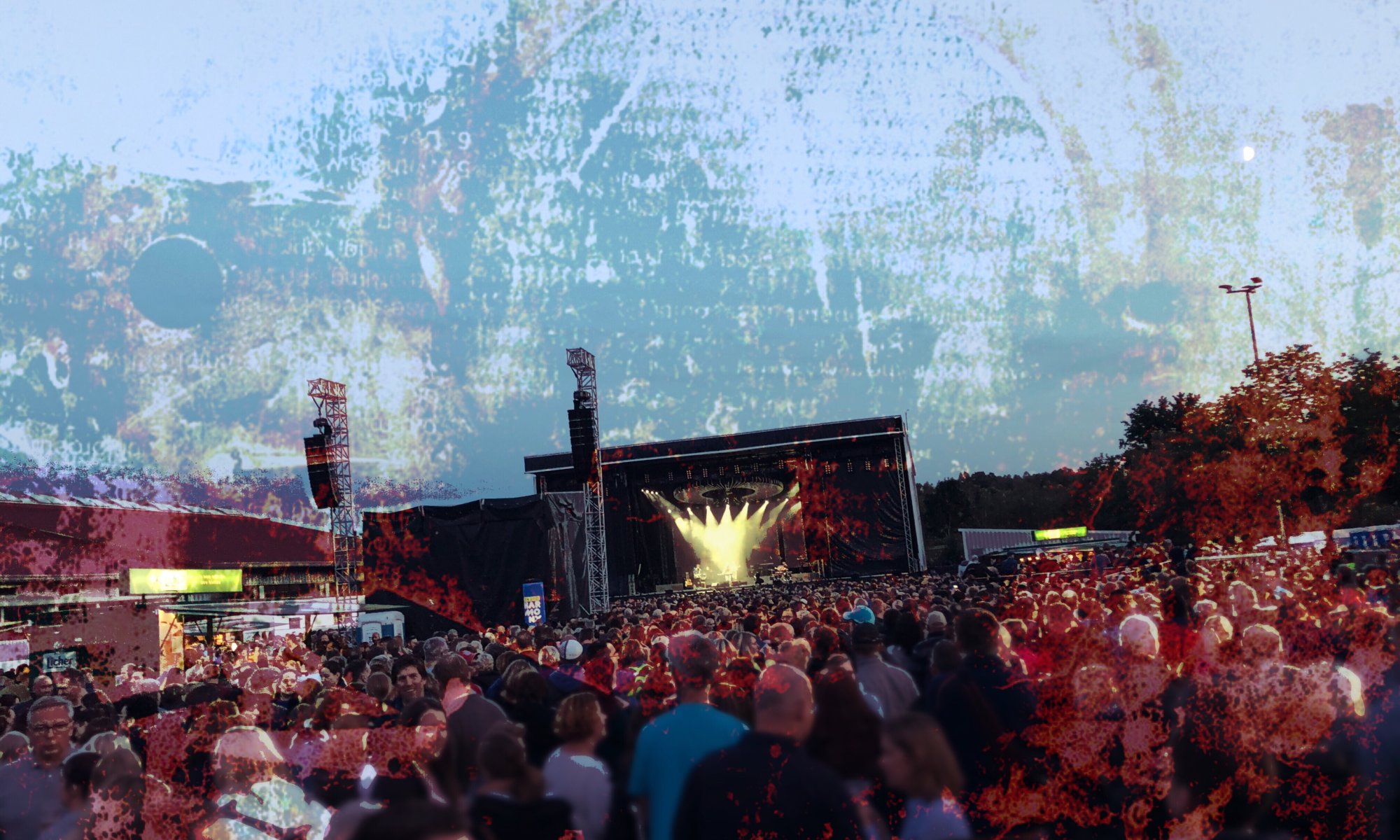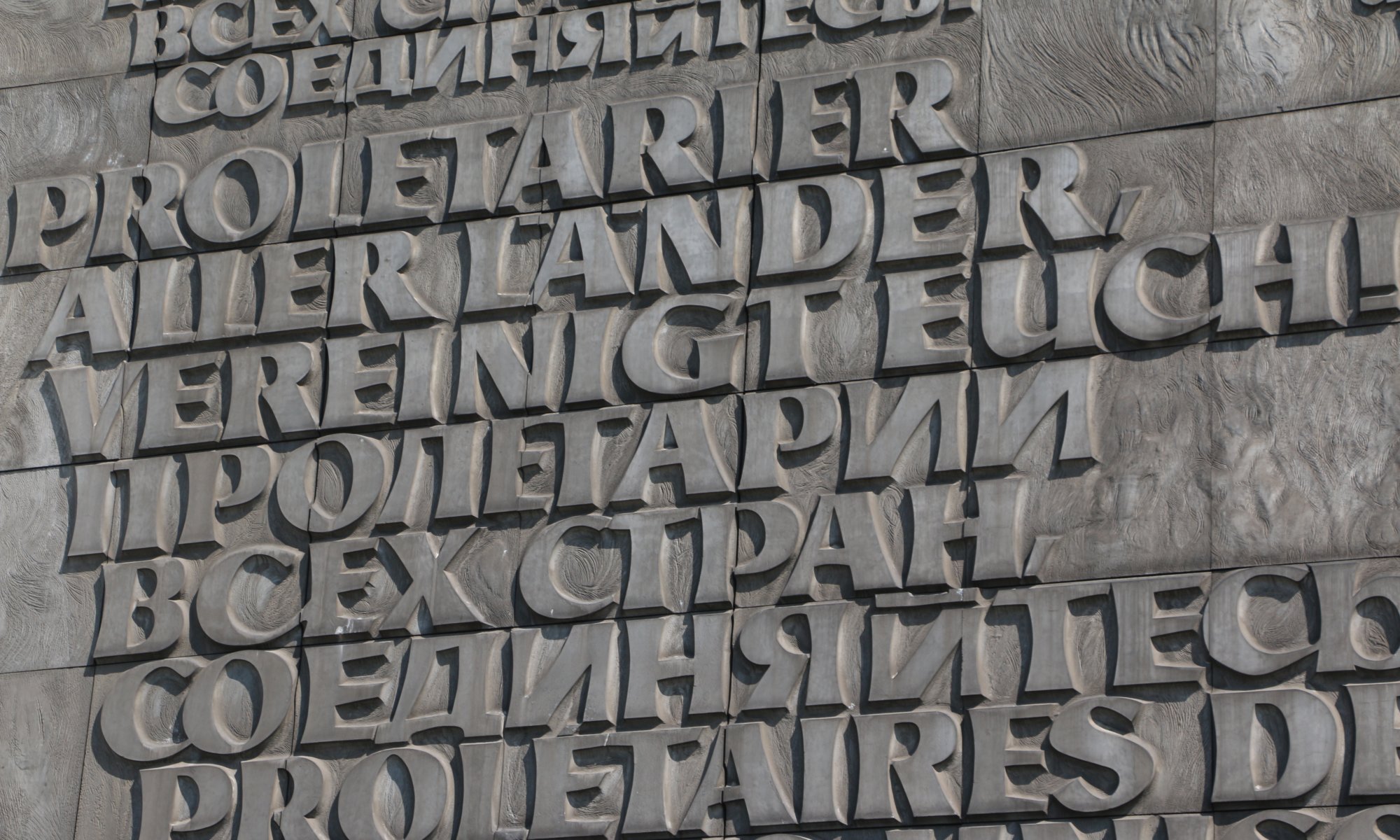I don‘t know why but Eisenach, Germany has a high density of Greek restaurants. The restaurant Delphi is located in the city center opposite to the Theaterplatz. They serve the well-known traditional Greek dishes in very good quality and a nice atmosphere.
Continue reading “Delphi”Automobile Welt Eisenach
Eisenach, Germany has a long tradition in car manufacturing. In 1896 the Fahrzeugfabrik Eisenach was founded which was in 1928 became part of the well-known Bayrischen Motoren Werke (BMW). After World War II and the establishment of the GDR it became a state-owned company, the VEB Automobilwerk Eisenach (AWE). It produced a famous car called Wartburg.
Continue reading “Automobile Welt Eisenach”Wartburg
High above Eisenach, Germany you can find a wonderful castle that played an important role in German history: the Wartburg. It was created in the year 1067 CE and is today a UNESCO world heritage site. The castle is well known as the place where Martin Luther translated the New Testament of the bible from Latin to German between 1521-1522 (using the pseudonym ‘Junker Jörg‘ to hide away).
Continue reading “Wartburg”Martin Luther
When walking through Eisenach, Germany it is impossible to overlook its connection to Martin Luther. You can see a big statue of him on the Karlsplatz, you can visit a house where he was once living (Lutherhaus) and you can visit the Wartburg castle where he translated the Bible from Latin to German.
Continue reading “Martin Luther”Helfensteine
It’s a bizarre landscape. A vast area without bushes and trees, strangely formed rocks on one of the surrounding mountains, many people walking around and climbing these rocks and gliders starting on an airfield in between. That is what you can all find close to Zierenberg, Germany (15 kilometers northwest of Kassel). The strangely shaped rocks are called Helfensteine and are visible because of the erosion of the surrounding area over a very long time.
Continue reading “Helfensteine”Unused waterfall
It is a lost place within the Bergpark Wilhelmshöhe at Kassel, Germany: the Neuer Wasserfall (new waterfall). During the ancient water show the water runs from down from the Herkules monument to the Steinhöfer Wasserfall. It passes the Teufelsbrücke and the Aquädukt ruin before a large fountain starts. But there was another section that was added in 1826 – another waterfall. It was last in operation in 1943 before it was hit by bombs. It hasn’t been destroyed much but it can’t be used until today and most people don’t know about it.
Continue reading “Unused waterfall”Up and down
The city center of Kassel, Germany was largely destroyed during World War II (80 %). Before 1943 it must have been a wonderful place with many half-timbered houses. Today it feels like there is not much to show on a guided tour; tourists normally book art tours during documenta times or visit the Bergpark Wilhelmshöhe with guides. But yet there are some hidden gems and fortunately a club of history enthusiasts offers special tours.
Continue reading “Up and down”Aschrottpark
The Tannenkuppe (fir summit) is a hill in the city quarter Vorderer Westen (fore west) of Kassel, Germany – not far away from the railway station Kassel-Wilhelmshöhe. It consists of limestone (like nearby Kratzenberg) which was gathered and until the mid of the 19th century also burned there to receive Calcium oxide; a material needed for buildings and industry. In the 1880s local industrial Sigmund Aschrott bought this place and converted it into a landscape garden.
Continue reading “Aschrottpark”Fair grounds
Kassel, Germany isn’t known to be a city with big fairs – but yes it has a fair ground. It is used for concerts, handball matches of the team MT Melsungen, flea markets, antique markets and some rather unknown fairs. The fair grounds (‘Messegelände‘) are located in the south of the city next to river Fulda, the Bugasee and motorway A49 – Kassel-Waldau is the motorway exit you need to take.
Continue reading “Fair grounds”Karl-Marx-Stadt
If you tell someone in the west of Germany that you intend to spend a weekend at Chemnitz you will create a lot of astonishment. The city is located in the very east of the country, close to the Erzgebirge (ore mountains) and not too far away from the border to the Czech Republic. Its name sounds a bit strange, it is not known to be a beautiful city and in the media you can only find strange stories. The majority of people in Saxonia is rather conservative and there are is also a far too big fraction of people accepting or supporting fascists.
Continue reading “Karl-Marx-Stadt”